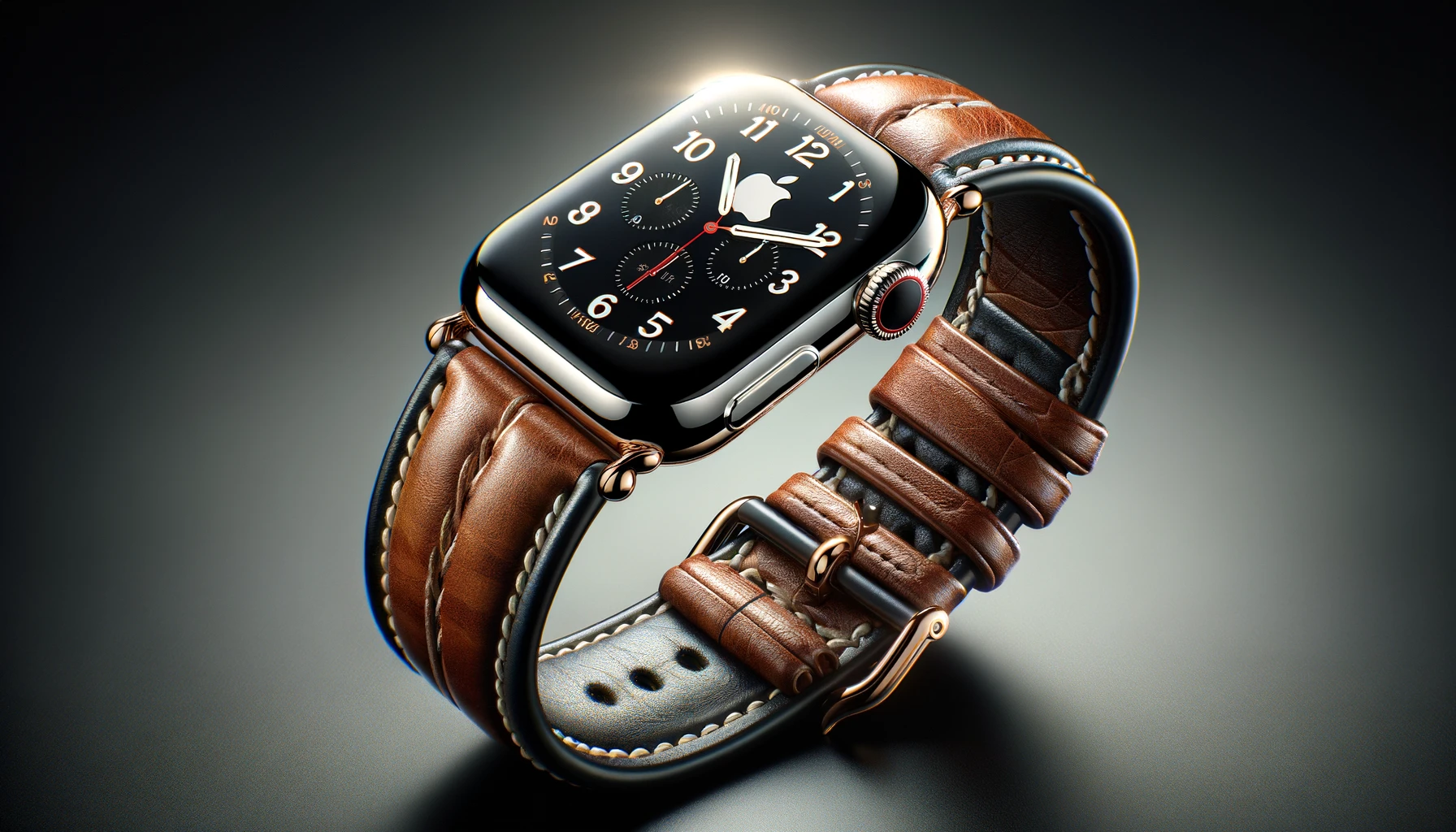With technology rapidly advancing, companies must stay vigilant about customer feedback to maintain their reputation for quality. In recent developments, Apple has addressed and rectified a significant issue plaguing some Apple Watch users. Customers had experienced unintended screen interactions, commonly referred to as “ghost touch,” where the device registers input without any actual contact. This not only caused frustration but also raised concerns about the reliability of wearables and their touch interfaces. Apple’s swift action to resolve these false touch events underscores their commitment to user satisfaction and product excellence.
Long before this incident, wearable technology had been under scrutiny for various performance issues. The integration of touchscreens into devices you wear on your body, like smartwatches, poses unique challenges compared to traditional smartphones and tablets. Factors such as sweat, pressure from wrist movements, and even exposure to the elements have been known to affect screen responsiveness and accuracy. Furthermore, as users rely increasingly on smartwatches for a variety of tasks, from fitness tracking to mobile payments, the need for high-functioning, reliable interfaces has never been greater. The resolution of the ghost touch problem in Apple Watches is a testament to the ongoing efforts to refine this technology and enhance user experience.
Recognizing and Acknowledging User Problems
Apple swiftly recognized the issue after a series of user reports surfaced. The company’s responsiveness illustrates their customer-centric approach, as they promptly investigated the complaints. By taking user feedback seriously and moving quickly to address such concerns, Apple continues to foster trust and loyalty among its customer base. The resolution of this issue, while specific to the Apple Watch, also serves as a reminder to the tech industry of the importance of customer feedback in product development and refinement processes.
Implementing Effective Solutions
The resolution involved a software update, which demonstrates Apple’s capability to deploy quick fixes that do not require hardware modifications. This is a critical aspect of customer service in the tech industry, as it minimizes inconvenience for users. The fix likely involved adjustments to the algorithms that determine touch input, a complex task given the sophisticated technology underpinning Apple’s flagship wearable. The quick turnaround for such a solution indicates a well-prepared development team with robust quality assurance protocols.
Relating to the touchscreen issues faced by Apple, other industry players have encountered similar challenges. An article from Engadget titled “Smartwatch touchscreens are getting a major upgrade from Qualcomm” discusses Qualcomm’s efforts to improve touch screen technology in wearables. Another article from The Verge, “Google fixes Wear OS lag issues with latest update,” details Google’s solution to performance problems in its smartwatch operating system. Both articles highlight the industry-wide focus on refining the user experience for wearable devices and the ongoing pursuit of technological improvements.
Continuous Advancements in Wearable Tech
The incident not only showcased Apple’s dedication to addressing user issues but also highlighted the continually evolving standards for wearable technology. As devices like smartwatches become more integrated into daily life, the demand for flawless functionality will only increase. Companies are tasked with not only reacting to issues but also proactively improving their technology to prevent such problems from arising in the first place. Apple’s recent hiccup with the Apple Watch touchscreens offers an important lesson for all tech companies in the importance of maintaining a seamless user experience.
Reflecting on the recent Apple Watch touchscreen resolution, it’s evident that the real test for tech companies isn’t in avoiding issues altogether, but in how effectively they respond to and rectify them. The progress made following these false touch reports has certainly reinforced user confidence in Apple and wearable technology as a whole. Moving forward, it is essential for continuous innovation and careful attention to user feedback to ensure that wearable technology keeps pace with the ever-growing expectations of consumers.










